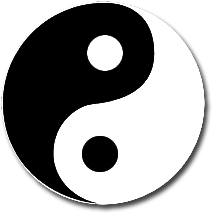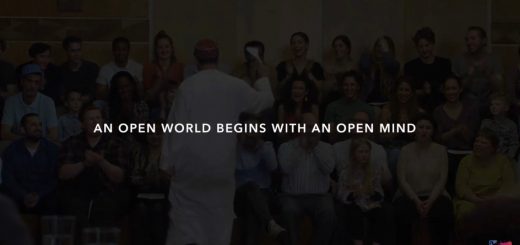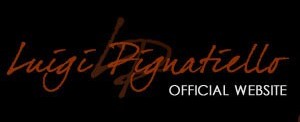Tao Te Ching – Chapter 2
I Simply Love this Story and this Book.
Please let each word resonating into yourself. Do not read this as a book, because it’s not. Every word is a deep frequency trying to reach your inner string and vibrating together. Try it and if this does not happen try again and again. Keep reading the same chapter for a week or a month or more, everyday and dive into it. It’s not so important how fast you finish reading it (that is why you only find one chapter at a time), because each page is trying to tell you exactly the same thing, just changing prospectives and words.
So do not listen to the word itself but instead, go beyond the boundaries of the alphabet, beyond the boundaries of the form you know and beyond the boundaries of the meaning you usually associate with the words and merge with the eternal truth hidden inside.
Enjoy the inner trip..
“Those who know do not speak, those who speak, do not know”
TAO TE CHING
by LAO TZU
Preface
The Tao Te Ching (also called “The Tao”, “The Dao” or the “Dao De Jing”), by Lao Tzu, is one of the most influential and translated books in history. Many Chinese artists have used the Daodejing as a source of inspiration.
Lao Tzu (Laozi: Chinese pinyin also: Lao Tse, Lao Tu, Lao-Tzu, Lao-Tsu, Laotze, Laosi, Lao Zi, Laocius, and other variations) was a mystic of ancient China and is best known as the author of the Tao Te Ching.
There are numerous legends about Lao Tzu (570-490 BC). Many believe he never existed at all, while others indicate several possible historical identities for him. Anyway they all place him in Luoyang the ancient capital of China.
According to Chinese tradition, he lived in the 6th century BCE, while in Greece was Plato and Socrates, in India was the Buddha and in China was Confucius.
Born in Ch’u (present-day Henan Province), Lao Tzu ( which literally means “old master”) is also sometimes referred to as Lao Tan or Li Er.
According to popular traditional biographies, he worked as the Keeper of the Archives for the royal court of Zhou in Luoyang.
This allowed him to study the archive’s books avidly.
Lao Tzu never opened a formal school, but he attracted a large number of students and loyal disciples. There are numerous variations of a story depicting Confucius consulting Lao Tzu. It seems that hearing of Lao Tzu’s wisdom, Confucius travelled to meet him.
Later Confucius told his students:
Birds can fly, Fish can swim, Animals can run, So they can all be snared or trapped.
But Lao Tzu is like a flying Dragon, un-trappable.
Much later, Lao Tzu grew weary of the moral decay of city life and perceived that the kingdom’s affairs were disintegrating , so he decided was time for him to leave.
He ventured west to live as a hermit and while traveling on a buffalo he came to the Han Gu Pass. The sentry of the pass realized Lao Tzu was leaving permanently so he asked the old master to write out some of his wisdom before proceeding further, so that it could be preserved once he was gone.
So he wrote the Tao Te Ching and then left and no more was heard.
TAO TE CHING
Chapter 2
When people see some things as beautiful,
other things become ugly.
When people see some things as good,
other things become bad.
Being and non-being create each other.
Difficult and easy support each other.
Long and short define each other.
High and low depend on each other.
Before and after follow each other.
Therefore the Master
acts without doing anything
and teaches without saying anything.
Things arise and she lets them come;
things disappear and she lets them go.
She has but doesn’t possess,
acts but doesn’t expect.
When her work is done, she forgets it.
That is why it lasts forever.
Sources: wikipedia, thetao.info, academic.brooklyn.cuny.edu/core9/phalsall/texts/
From a translation by S. Mitchell








